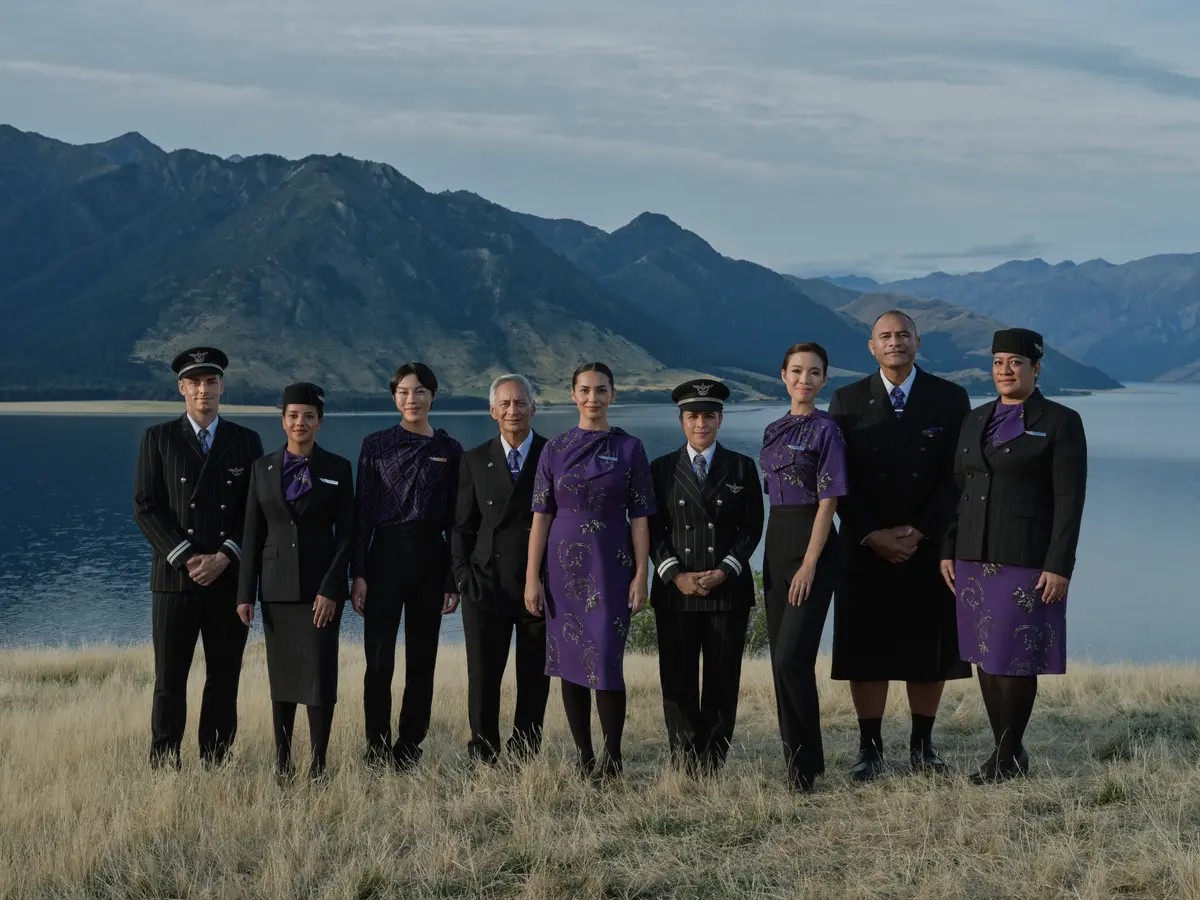From Budget Beginnings to Market Dominance: The Cebu Pacific Story
15 April, 2025
3 min read
By joining our newsletter, you agree to our Privacy Policy
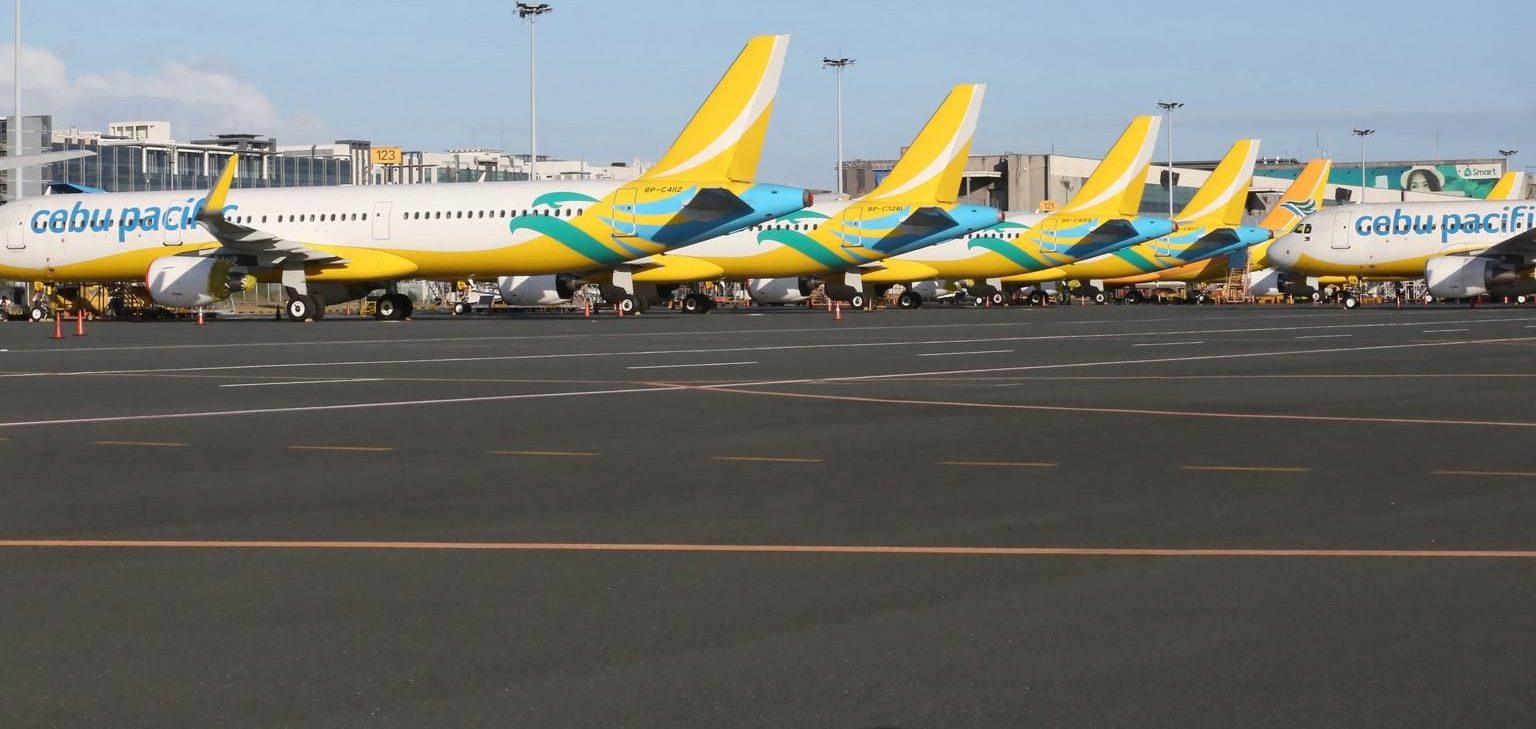

There is no denying that Cebu Pacific has completely transformed the aviation scene in the Philippines. Their low-cost carrier (LCC) model captured a previously unserved middle-class Filipino market with its low, unbundled fares.
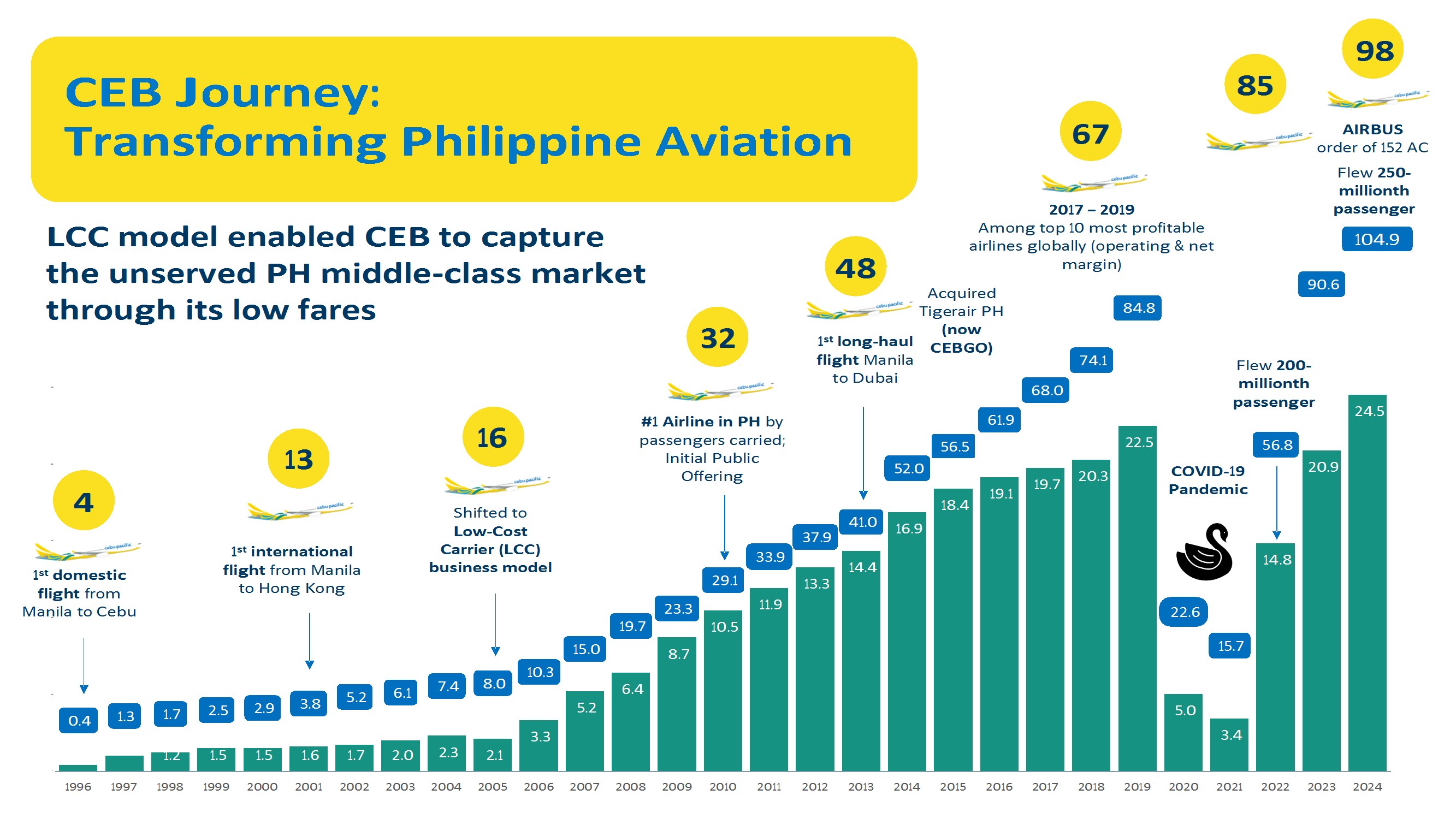
At the end of 2024, the airline had a fleet size of 98, which comprised 68 narrowbody Airbus aircraft, 10 widebody Airbus aircraft, and 20 turboprops, with an average fleet age of 5.9 years.
The success of Cebu Pacific comes down to a multitude of factors, but without a doubt, operating a high-density, single-class fleet results in high operational efficiency.
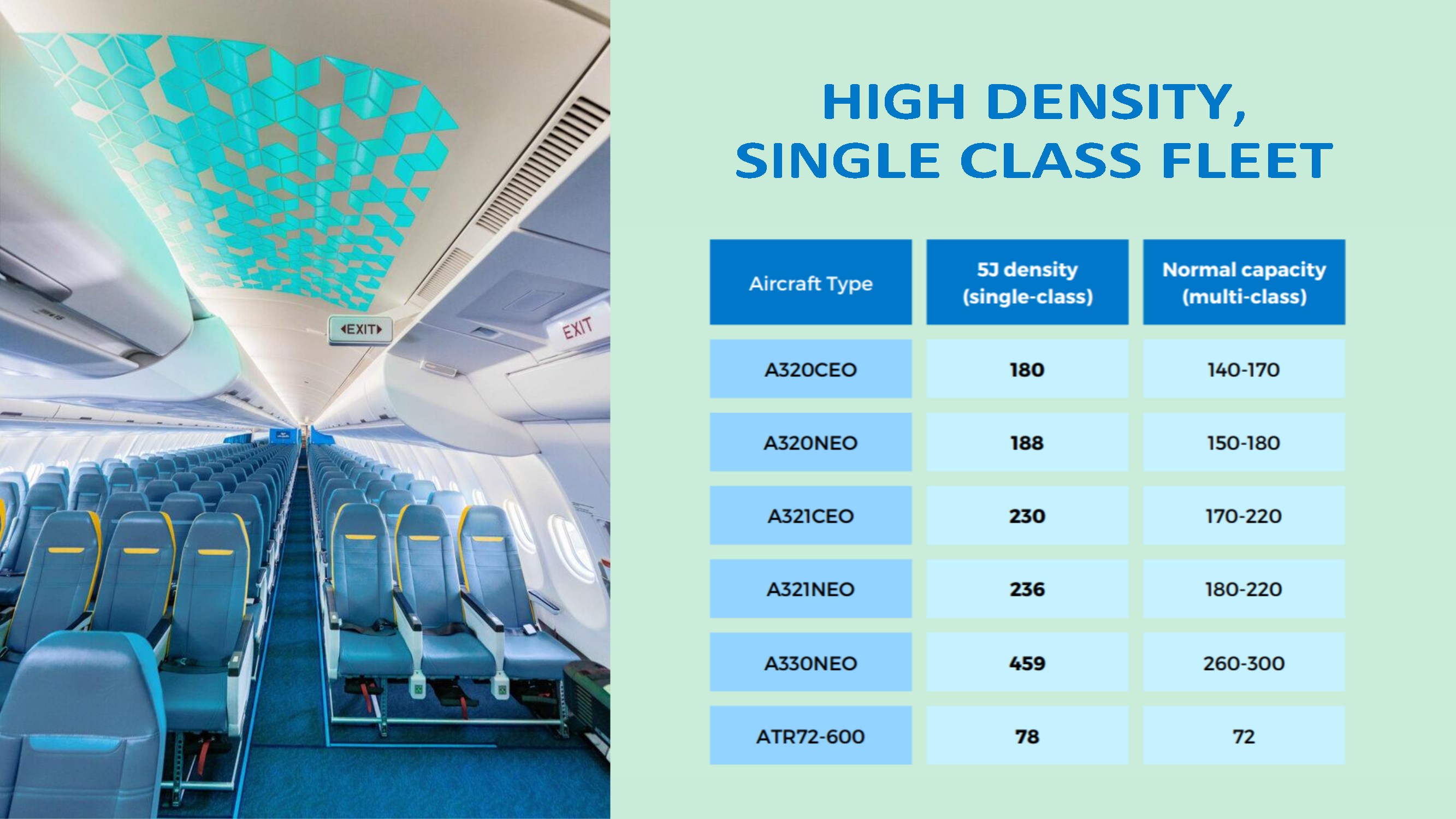
READ: Cebu Pacific announces the arrival of the world's most crowded airplane.
Its geographic location—an archipelago of over 7,100 islands—makes air travel indispensable. The population is also growing rapidly; while it currently stands at 100 million, it is forecast to reach 130 million by 2030. In terms of tourism, over 2 billion people live within a four-hour flight from Manila, making the Philippines an accessible and affordable destination for leisure travel, which is naturally drawn to the low fares offered by LCCs.
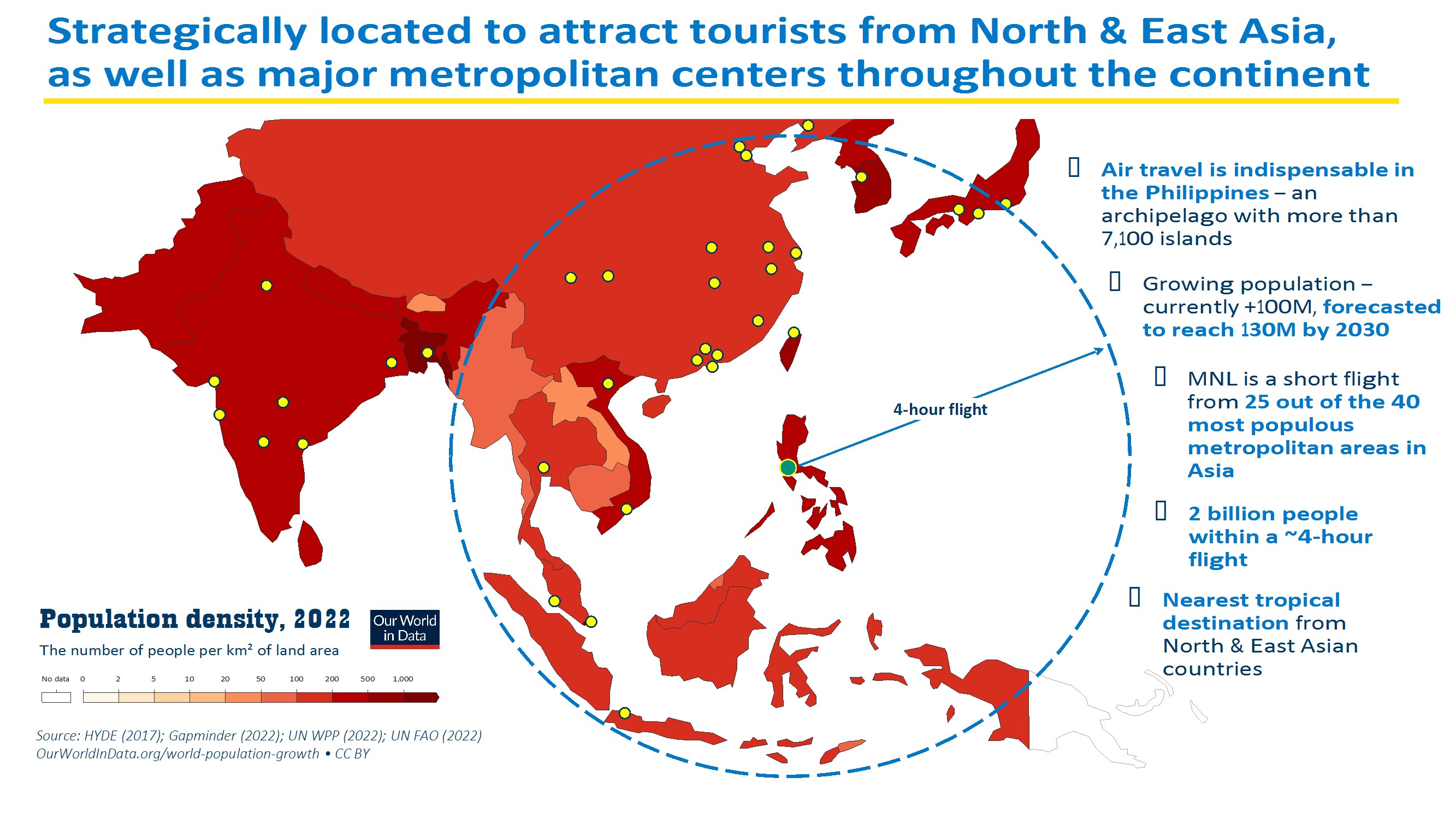
The airline holds the highest market share in the domestic Philippines and serves 37 domestic destinations. As of March 2025, Cebu Pacific had a 58% domestic market share, compared to 28% for competitor PAL.
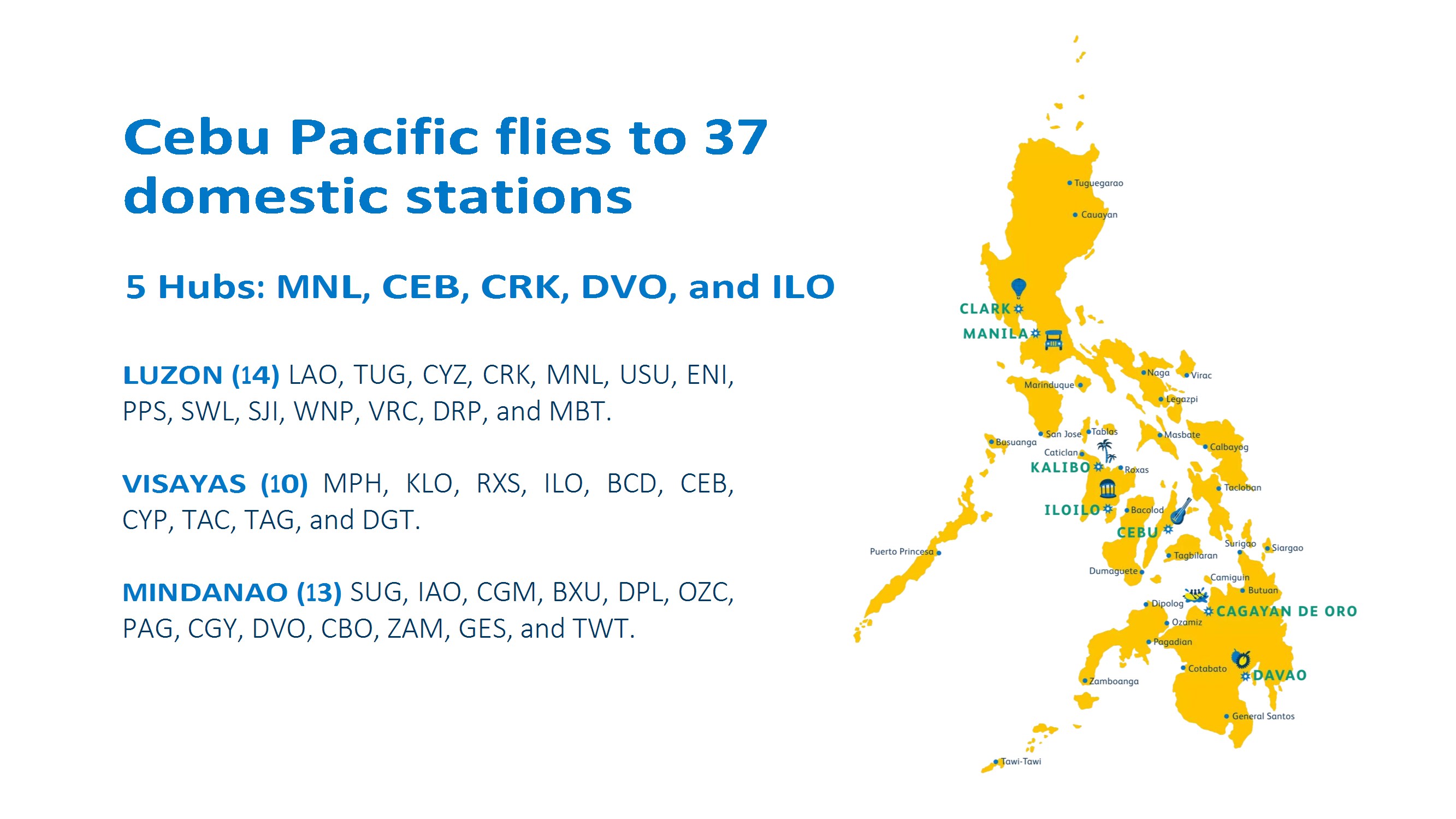
In terms of international destinations, the airline serves 26 across Asia and Australia.
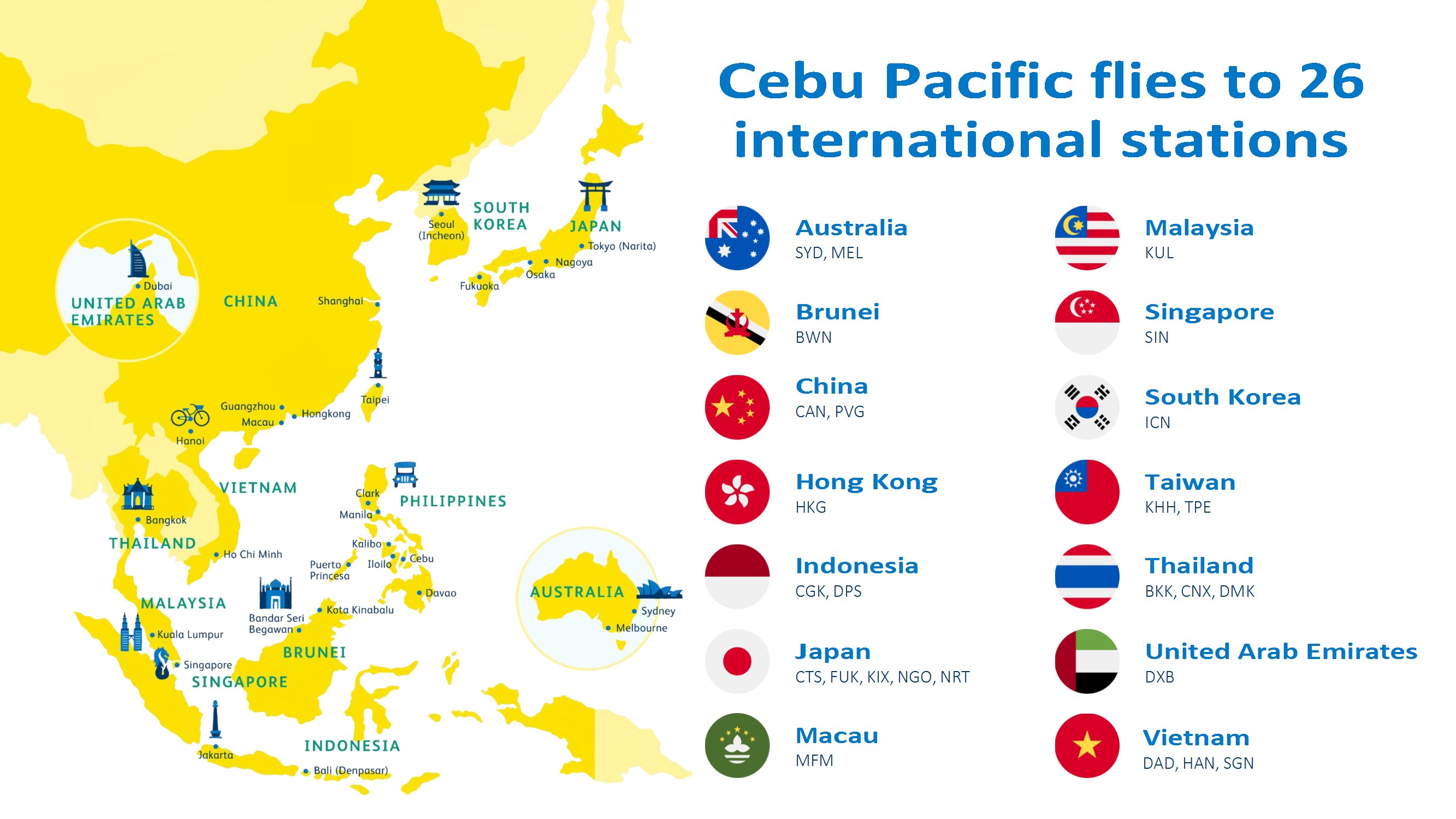
Interestingly, despite being called Cebu Pacific, 73% of its capacity is actually based in Manila, with only 15% based in Cebu.
The Philippines are expected to remain the fastest growing economy in South East Asia so in 2024, Cebu Pacific placed an order with Airbus for 152 narrowbody aircraft—marking the largest aircraft order in Philippine aviation history.
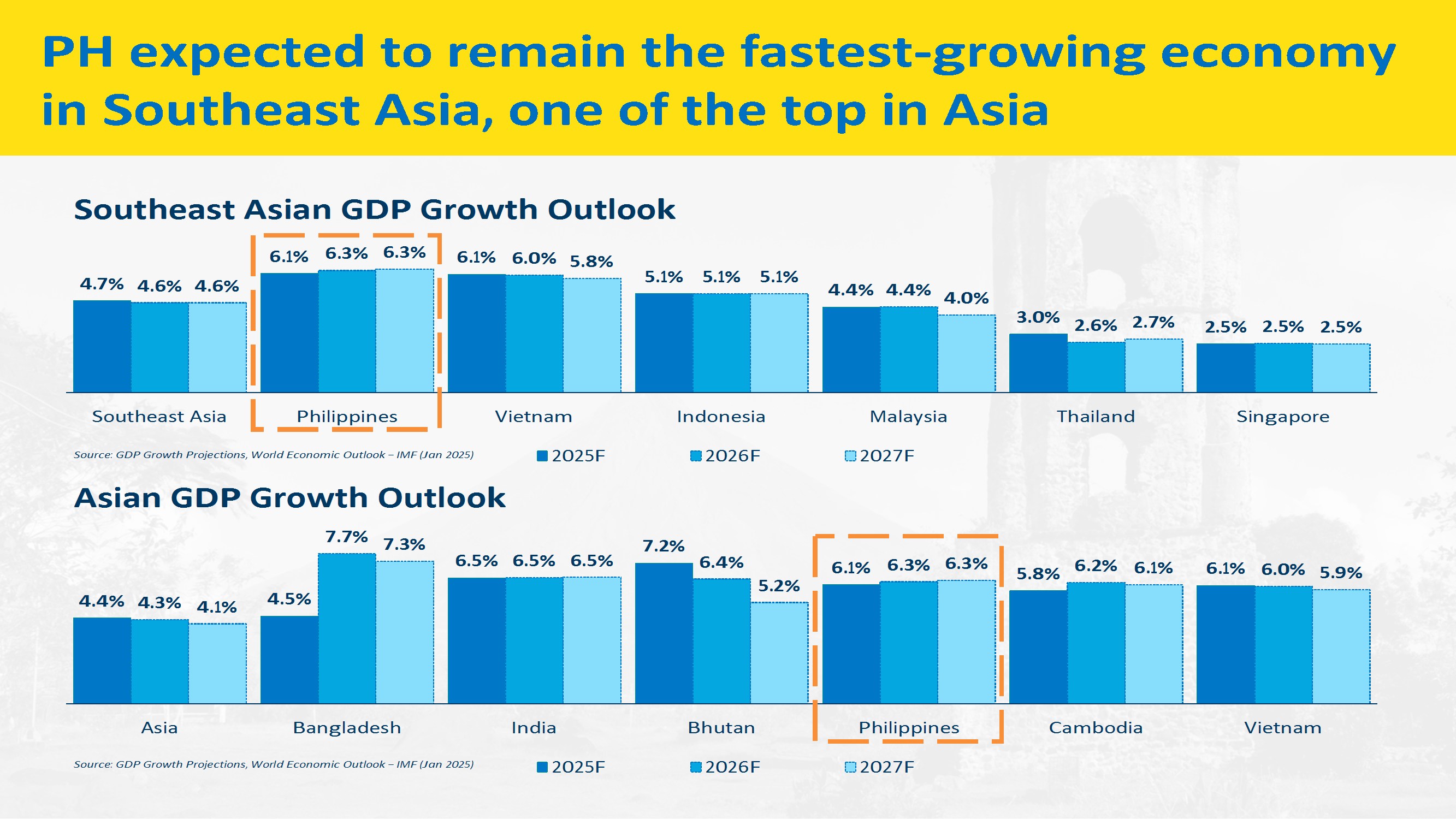
For more on what challenges lie ahead for Cebu Pacific (and other airlines in the region) read Major Asian Airlines Reveal Their Biggest Concerns Plus the Changes That Will Shape Their Future
A Brief History of Cebu Pacific
Cebu Pacific was founded in 1988 by John Gokongwei Jr. under the parent company JG Summit Holdings. However, it wasn’t until 1996 that the airline began operations, positioning itself as a low-cost alternative in the Philippine aviation market. Its inaugural flight took off on March 8, 1996, flying from Manila to Cebu.
In its early years, Cebu Pacific focused on domestic routes, quickly gaining popularity due to its affordable fares and no-frills service. The airline faced a brief setback in 1998 when it temporarily suspended operations due to a fatal crash, but it resumed services shortly after and continued expanding.
By the early 2000s, Cebu Pacific began modernizing its fleet and expanding its route network. In 2005, the airline transitioned into a true low-cost carrier model, unbundling services to keep base fares low. It began international operations in 2001, starting with flights to Hong Kong, and has since grown its international footprint significantly.
Cebu Pacific made aviation history in 2010 when it overtook Philippine Airlines to become the country’s largest carrier in terms of passengers carried. It also became known for its unique in-flight games and upbeat service style, which helped it build a strong brand identity.
The airline went public in 2010, listing on the Philippine Stock Exchange, which helped fund fleet expansion and route development. It continued its growth with the acquisition of Tigerair Philippines in 2014, further strengthening its domestic and regional presence.
Today, Cebu Pacific is a dominant player in the Philippine aviation industry, with a growing international footprint, a modern and efficient fleet, and a strong focus on serving the needs of budget-conscious travelers both at home and across Asia-Pacific.
Get the latest news and updates straight to your inbox
No spam, no hassle, no fuss, just airline news direct to you.
By joining our newsletter, you agree to our Privacy Policy
Find us on social media
Comments
No comments yet, be the first to write one.

